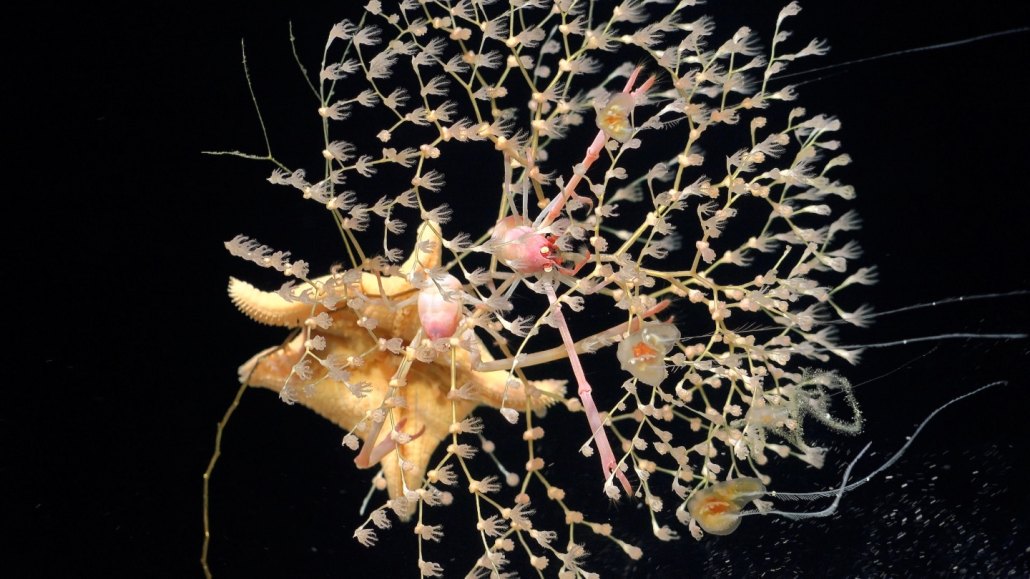
Oceans
Underwater mountains in the Pacific Ocean may be home to 20 new species
A recent expedition to undersea mountain ranges off the coast of Chile revealed a new seamount and a rich world of deep-sea biodiversity.
By Jake Buehler










